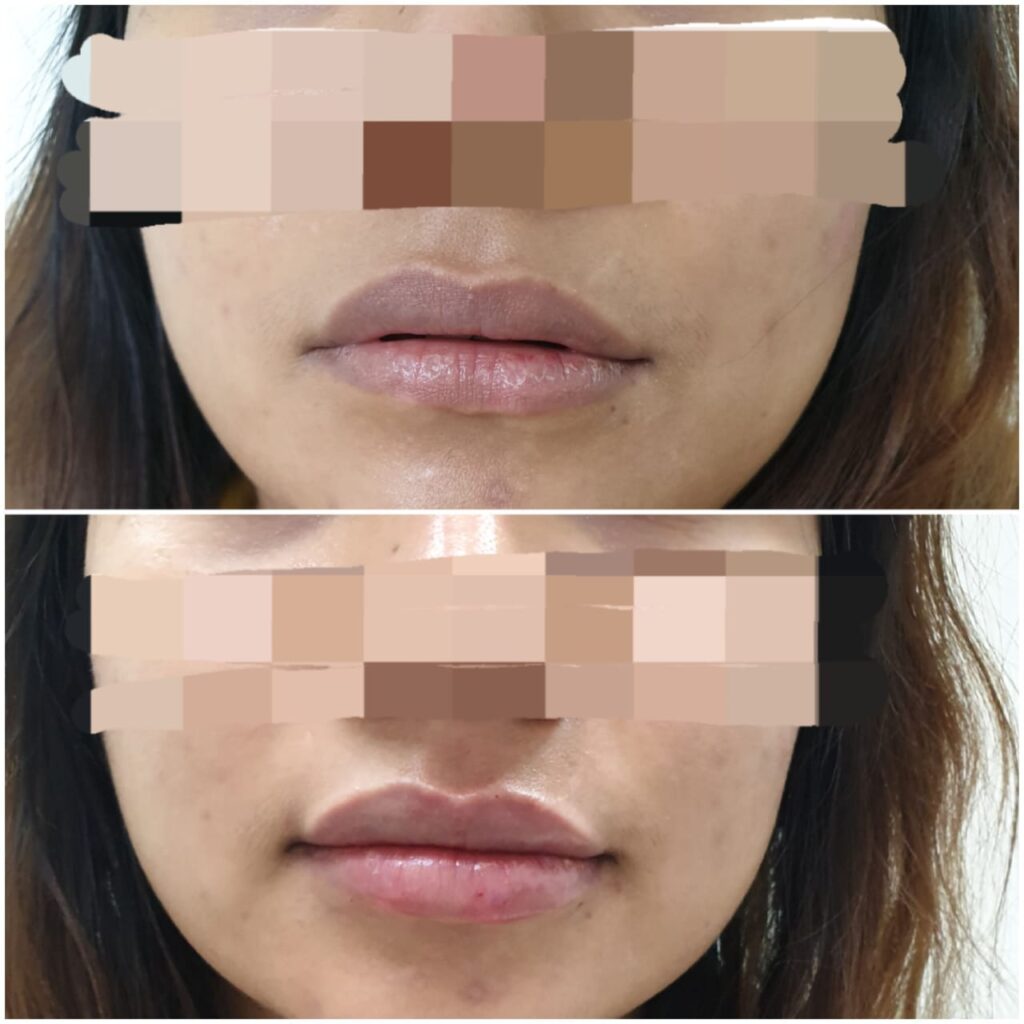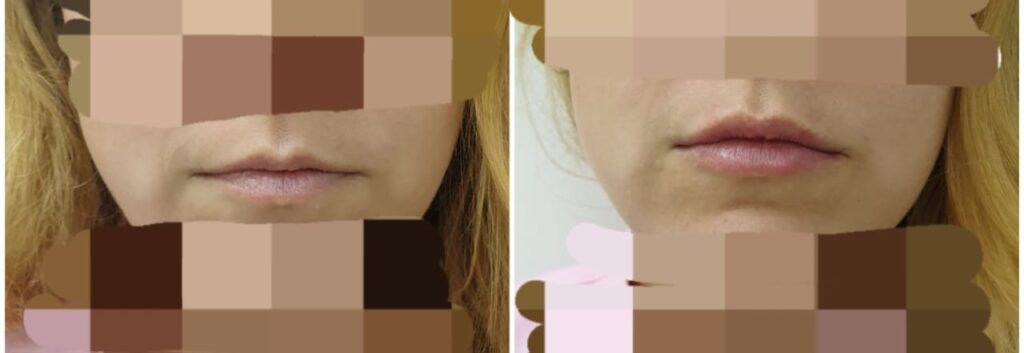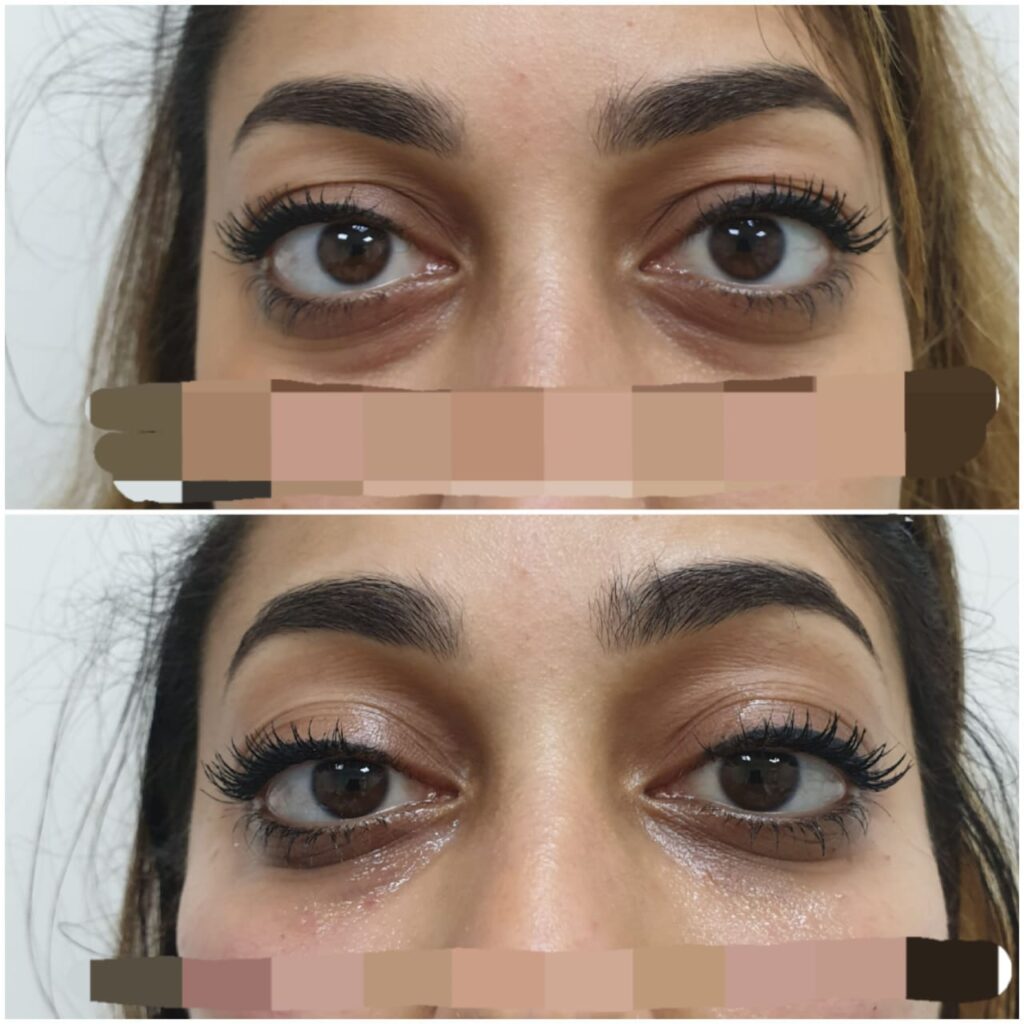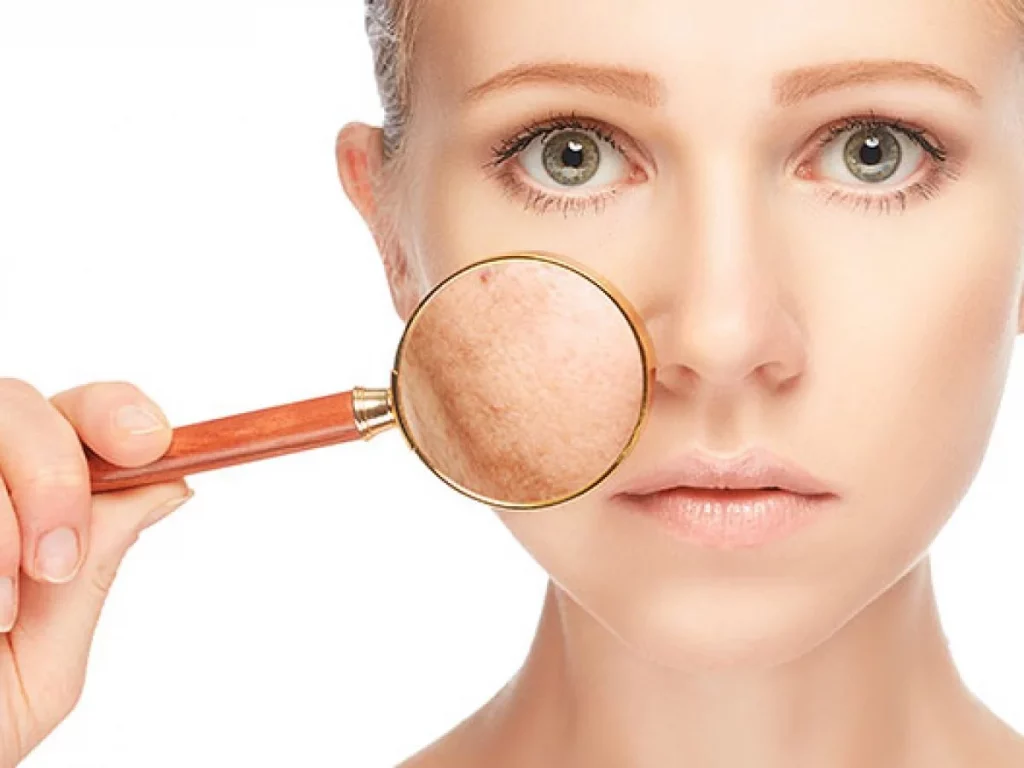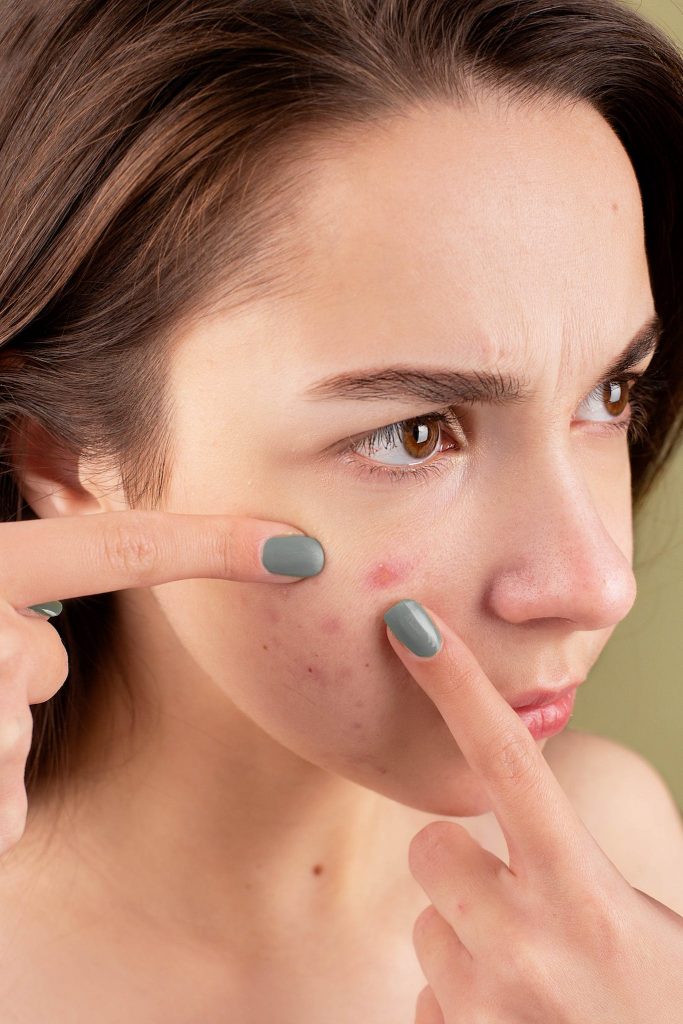Are you looking to enhance your natural beauty and achieve a youthful appearance? Look no further than our Premier Fillers Treatment in Dubai, where artistry meets science to rejuvenate your skin. Experience the transformative power of injectable fillers designed to restore volume, smooth out wrinkles, and contour your face, all in the vibrant city of Dubai.
What are Fillers?
Fillers are substances that can be injected into the skin to improve facial features, smooth out wrinkles, and restore volume. Hyaluronic acid, a chemical that occurs naturally in the body, or other biocompatible materials are frequently used in their construction.
What are fillers used for?
Fillers are used for various cosmetic purposes to enhance facial features and address signs of ageing. They are commonly used to:
Types of Fillers Treatment in Dubai
Fillers can be classified into several types depending on the substance they contain, each with its unique benefits and considerations. Hyaluronic acid fillers, calcium hydroxylapatite, and Poly-L-lactic acid are the most popular.
Types of fillers include:
Hyaluronic acid
These fillers use a substance naturally found in the body, providing volume and hydration to the skin. They are versatile and can be used for various areas of the face. Hyaluronic acid fillers are commonly used to smooth out wrinkles, enhance lip volume, and restore facial contours.
Calcium hydroxylapatite
This type of filler stimulates collagen production and is commonly used for deep wrinkles and facial contouring. It provides longer-lasting results. Calcium hydroxylapatite fillers effectively reduce smile lines and marionette lines and add volume to cheeks.
Poly-L-lactic acid
These fillers stimulate collagen production gradually over time and are suitable for treating volume loss and restoring facial contours. Poly-L-lactic acid fillers often address sunken cheeks, nasolabial folds, and facial rejuvenation.
Polymethylmethacrylate
A semi-permanent filler that provides long-lasting results for deep wrinkles and acne scars. Polymethylmethacrylate fillers are commonly used for deep facial lines and contour defects.
Autologous fat
This involves using fat from your body, typically harvested through liposuction, and injecting it to restore volume and contours. Autologous fat fillers are used for facial rejuvenation, correcting volume loss, and enhancing facial features using natural fat grafts.
Advantages of Fillers
Fillers offer numerous advantages, including quick treatment times, immediate results, and a lower risk of complications than surgical treatments. They are an ideal option for those seeking a non-surgical approach to facial rejuvenation.
Benefits of fillers include:
The Procedure
The filler procedure is straightforward, usually taking 30 minutes to an hour. It involves a pre-treatment consultation, administering local anaesthesia, injecting the filler, and post-treatment care.
Steps in the procedure:
Consultation
Schedule a consultation with a qualified healthcare professional who specialises in Botox treatments. You will discuss your concerns, medical history, and desired outcomes during this consultation. The provider will assess your suitability for the treatment and address any questions or concerns you may have.
Preparation
Once you decide to proceed with the Botox treatment, the healthcare professional will prepare for the procedure. This may involve cleansing the treatment areas and marking the specific injection sites based on your desired outcomes.
Anesthesia (if necessary)
In most cases, anaesthesia is not required for Botox injections. However, if you have a low pain tolerance or are particularly sensitive, the healthcare professional may apply a topical numbing cream or ice to numb the area before the injections.
Injection Process
Using a fine needle, the healthcare professional will inject Botox into the targeted muscles or areas. The number of injections will depend on the treatment plan discussed during the consultation. The injections themselves are typically well-tolerated and cause minimal discomfort, described as a slight pinprick or stinging sensation.
Post-Treatment Instructions
After the injections, the healthcare professional will provide you with post-treatment instructions. These may include avoiding touching or massaging the treated areas for a few hours, refraining from strenuous exercise, and avoiding lying flat for a few hours. It’s important to follow these instructions to ensure optimal results and minimise any potential side effects.
Follow-Up
Depending on your individual response to the treatment, a follow-up appointment may be scheduled. This allows the healthcare professional to assess the results and make necessary adjustments.
Before, During, and After the Procedure
Before
Before the procedure, you will have a consultation with your practitioner to discuss your treatment goals, medical history, and the most suitable type of filler for you. It’s essential to have realistic expectations and to follow all pre-treatment instructions.
Steps to follow before the procedure:
During
Your skin will be cleaned during the procedure, and local anaesthesia may be administered to minimise discomfort. The filler is injected into the target areas using a fine needle or cannula.
Steps involve during the procedure are:
After
Following the procedure, you might experience temporary redness, swelling or bruising. These should subside within a few days. It’s crucial to avoid strenuous activities, excessive sun exposure and skin care products containing alcohol for the first 24 hours.
Steps to follow after the procedure:
Recovery
Recovery from filler treatments is typically quick, with most individuals able to resume daily activities immediately. However, some minimal swelling or bruising may occur.
Recovery steps include:
Healing Stages
Here’s a table outlining the healing stages for fillers and surgery, along with recommended actions and precautions:
| Healing Stages | Timeframe | What to Do | What Not to Do |
| Immediate | Within 24 hours | Apply cold compresses for any swelling | Avoid touching or applying pressure to the treated area |
| Avoid strenuous activities | Avoid excessive sun exposure | ||
| Follow post-treatment instructions from the healthcare professional | Avoid massaging or manipulating the treated area | ||
| 1-2 Days | 1 to 2 days | Continue following post-treatment instructions | Avoid consuming alcohol or blood-thinning medications |
| Use recommended skincare products | Avoid intense heat or extreme cold | ||
| Keep the treated area clean | Avoid aggressive facial treatments or products | ||
| Weeks | Weeks following treatment | Maintain a healthy lifestyle | Avoid excessive sun exposure and use sunscreen |
| Attend follow-up appointments as scheduled | Avoid smoking or exposure to secondhand smoke | ||
| Practice gentle facial movements | Avoid harsh exfoliation or chemical peels | ||
| Month | Over a month | Continue to care for your skin regularly | Avoid direct and prolonged sun exposure |
| Maintain a balanced diet and hydration | Avoid using abrasive or irritating skincare products | ||
| Follow up with healthcare professional as needed | Avoid excessive alcohol consumption |
Post and Preoperative Care for Fillers
Proper pre and postoperative care are essential to ensure optimal results and minimize the risk of complications when receiving filler treatments. Here are important guidelines to follow:
Postoperative Care Guidelines:
Preoperative Care Guidelines:
Who is a Suitable Candidate for Fillers?
Fillers are ideal for individuals looking to rejuvenate their facial appearance without invasive surgery. They’re suitable for smoothing out wrinkles, adding skin volume, or enhancing facial contours.
Ideal candidates are those who:
Who is Not a Suitable Fillers Candidate?
While fillers are generally safe and effective, certain individuals may not be suitable candidates for the treatment. Unsuitable candidates may include those with the following:
Is Fillers Right for You?
Determining whether fillers are the right choice for you depends on various factors, including your goals, medical history, and individual circumstances. Consulting with a qualified healthcare provider is essential to assess your suitability for fillers and receive personalised recommendations.
Consider the following factors when determining if fillers are right for you:
What is the Right Age for Fillers?
Determining the right age for fillers is a personal decision that depends on various factors, including individual concerns, goals, and the natural ageing process. While there is no specific age requirement for fillers, they are commonly sought by individuals in their late 20s to 50s to address early signs of ageing or enhance facial features.
However, it’s important to note that the appropriateness of fillers is not solely determined by age but rather by individual factors such as skin condition, aesthetic goals, and the advice of a qualified healthcare provider.
How Do You Choose the Best Fillers Treatment Surgeon in Dubai?
When selecting the best fillers surgeon in Dubai, consider the following factors to make an informed decision:
Why Choose Dr. Shehzadi Tasneem Filler Treatment in Dubai?
Dr Shehzadi Tasneem Sultan is a renowned plastic surgeon with a wealth of expertise in body contouring, facial rejuvenation, cancer reconstruction, burn management, and microsurgery. Here’s why she is the ideal choice for your filler needs in Dubai:
Book a consultation with Dr Shehzadi Tasneem Sultan to experience the expertise of a highly skilled plastic surgeon. With her exceptional attention to detail, patient-centric approach, and extensive qualifications, she will provide accurate treatment plans tailored to your individual needs. Embrace your natural beauty and regain confidence with Dr Sultan’s exceptional care and expertise.
